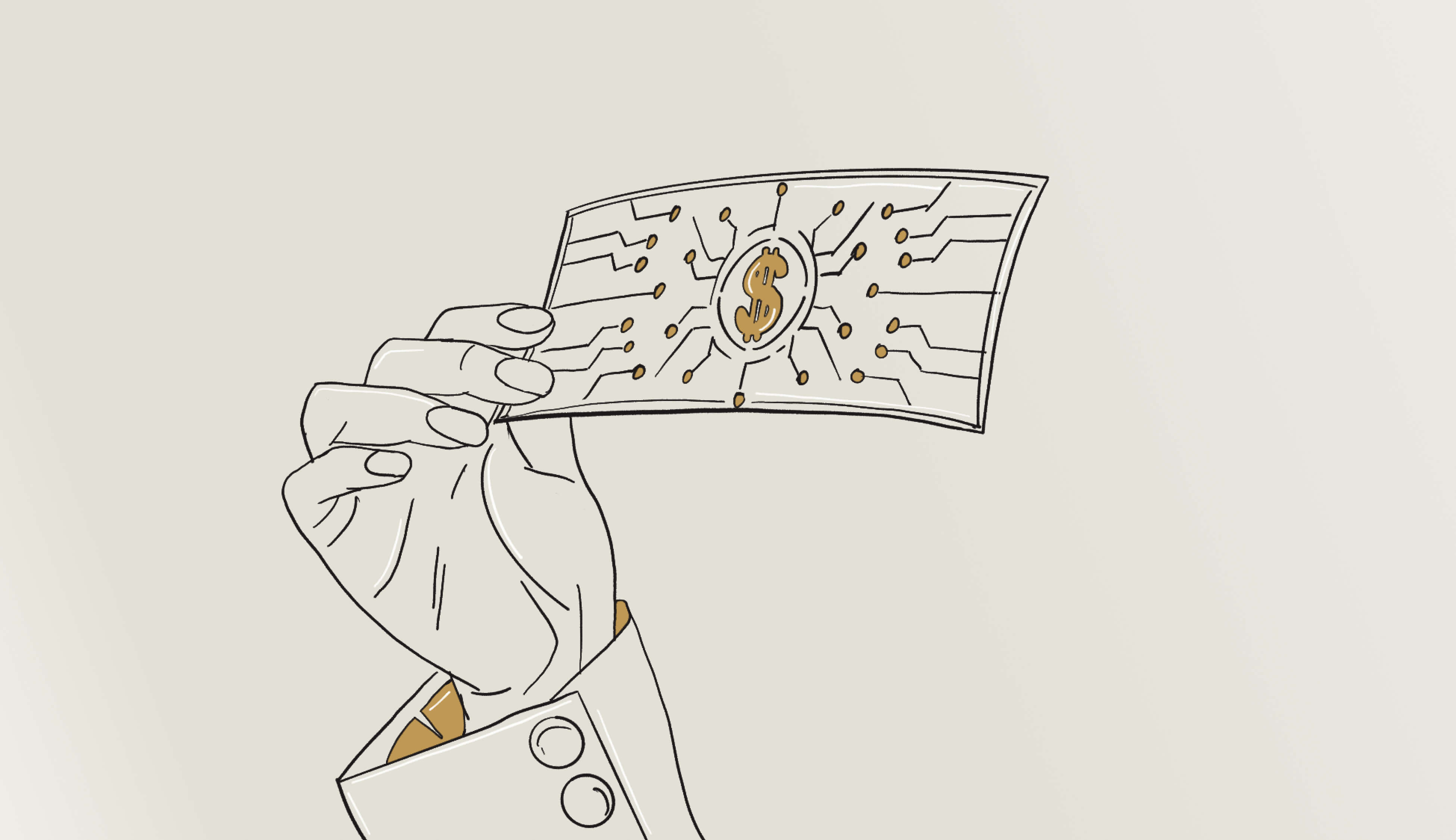Concerns about the launch of the U.S. CBDC
Share this post

Since the beginning of the year, the U.S. has been studying the possibility of introducing a digital currency. The Federal Reserve had to assess all the pros and cons and give its opinion on this innovation, because the issue of such a currency should be an obligation of the FRS. This is not the first experience of this kind in the world, and it is possible to use the experience of other countries in the launch of CBDC. There is no doubt that the digital dollar will have many advantages, but is everything so unambiguous? In this blog, let's look at the disadvantages.
The implementation of the digital dollar is unlikely to be a near-term prospect. In addition to technical and formal issues, the White House and Congress must debate to approve it. All procedures, including technical ones, are expected to take about five years. At the same time, the competition of the United States with the leading countries in the digital industry, such as China, will push them to implement new technologies in order to maintain the dominance of their currency in the global economic system.
The digital dollar has a number of undeniable advantages, such as faster transfers and lower costs of monetary transactions, which is especially relevant for international transactions. The U.S. Federal Reserve is planning to launch CBDC, because it requires a smaller infrastructure network and will give access to financial services to people deprived of it. But in addition to positive expectations, there are valid concerns.
The introduction of CBDC for classic banks may have unpleasant consequences if some customers want to keep their savings in digital wallets. This will naturally lead to a reduction in the number of deposits. Obviously, this development will change the very structure of the financial system not only in the U.S., but around the world, because for numerous countries the dollar is the currency of interstate settlements. It should be noted that political and financial factors have a greater impact on the stability of the dollar than technological innovations.
There are doubts about the ability of the digital dollar to avoid the traditional problems of the world's currencies, even among FRS executives. That is, the issues of theft, fraud, money laundering and directing money to terrorist activities will not go anywhere. At the same time, the automation of processes when using CBDC can not be considered a panacea, and in addition, some tools proposed for international transfers already work in existing systems. What is meant here is that many dollar transactions already function in the digital system.
In addition, there are concerns about the refusal of a number of companies to use this method of payment, because CBDC has a rather strict control mechanism. This applies more to foreign corporations that have no obvious financial reasons to switch to the U.S. digital currency. In this case, the United States government will have access to all transactions, including those that would like to hide, because the system will be fully controlled by the FRS. Therefore, trust will have to be worked on by all participants who may use the digital dollar.
The Coronavirus pandemic, in which fast and contactless transfer methods have become more necessary, and economic competition with China has prompted the United States to develop its own digital currency. Now the United States government, although with some caution, is interested in adopting this technology. This country's financial system has been building for 250 years, so the integration of innovations like digital assets comes with certain cautions and consideration of all aspects. Finally, digital currencies are the way of the future, so we can expect that after agreeing all the details and guaranteeing to users all possible security CBDC will be introduced.


